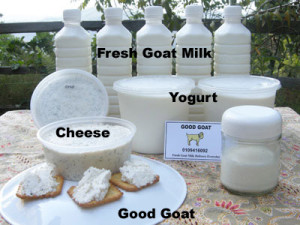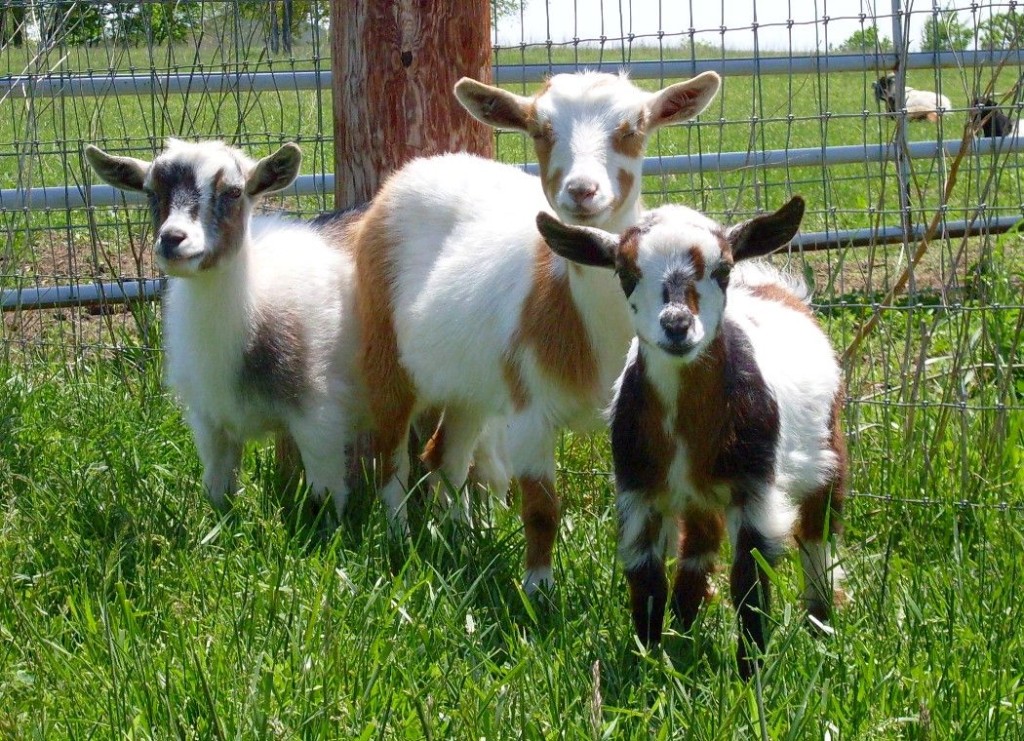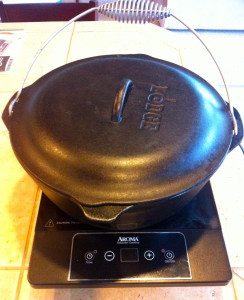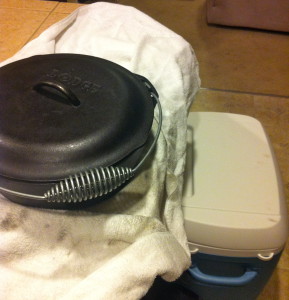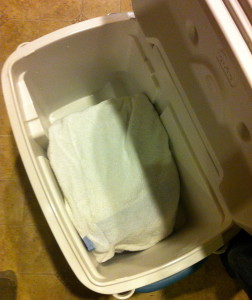by Nick Romaniello
Since both Trace and Momma Bear have contributed articles reviewing the past year’s accomplishments and plans for the days ahead, I figured I would follow their lead (or rip off their article idea depending on how you look at it) and take a look at what I have done and what’s still on the list.
Though the practice of prepping isn’t exactly new to me, but the terminology and organization of it is. When I was a teenager in coastal South Carolina we all prepared for hurricanes with stored food, water, batteries and evacuation kits, and my frequent camping and hiking excursions kept me involved in outdoor skills. The current trend toward prepping, homesteading and sustainable living have provided me with plenty of new sources of inspiration to further my ability to be self sufficient in good times and bad. Despite financial and time constraints I have managed to make reasonable progress over the past many months.
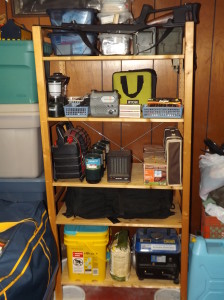 My preps have been organized into a central location in my basement into bins and shelves. This not only allows for quick and easy access, but allows me to keep track of inventory.
My preps have been organized into a central location in my basement into bins and shelves. This not only allows for quick and easy access, but allows me to keep track of inventory.
I’ve extended my three-day food supply into a respectable store of non-perishables and water, including food for the dogs. Not a decade’s worth of #10 cans or anything, but enough to carry us through the blizzards and financial fluctuations of my job that we are most likely to encounter.
Fire extinguishers, smoke and carbon monoxide detectors were positioned on each floor and tested monthly. We made a family evacuation plan in the event of a fire including a meeting place should we leave through different exits.
I began training as a member of a local search and rescue organization. This will further develop my outdoor skills from woodland survival to technical rescue and provide in-depth training in emergency first aid as a wilderness first responder. Acting as a subject for search dog training is also handy for honing my skills of hiding in the outdoors. Plus it’s always good to know how to help others in a disaster scenario.
I began taking Krav Maga courses (a non-competitive self-defense martial art) and started practicing my marksmanship at the local range to improve my self-defense skills. I will always choose to walk the path of peace and kindness, but pacifism does not mean being defenseless to someone who means harm to me or my family.
I have increased my backups for alternative heating/cooking in the event of a long-term winter power outage by supplementing my indoor-safe propane heater with a small generator and an electric heater, and several off grid cooking methods.
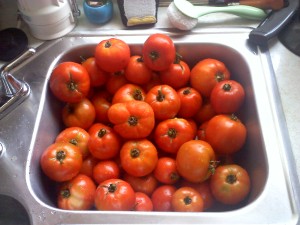 There is always more to do and the coming spring is already laid heavy with plans to continue adding helpful gear and, more importantly, essential skills to what we already have. Our urban homesteading skills are at the forefront of our plans including more extensive preserving of our annual vegetable garden’s bounty, growing some fruits such as berries, and a more refined system of rainwater harvesting and grey water reclamation. Some of-interest-to-preppers home improvement projects are looming and I will be sure to thoroughly document them and share them here.
There is always more to do and the coming spring is already laid heavy with plans to continue adding helpful gear and, more importantly, essential skills to what we already have. Our urban homesteading skills are at the forefront of our plans including more extensive preserving of our annual vegetable garden’s bounty, growing some fruits such as berries, and a more refined system of rainwater harvesting and grey water reclamation. Some of-interest-to-preppers home improvement projects are looming and I will be sure to thoroughly document them and share them here.
Hopefully by publicly reflecting upon our progresses and plans, we can all further the cycle of information, inspiration and motivation from which we can all grow to become more prepared as individuals and as a community.



